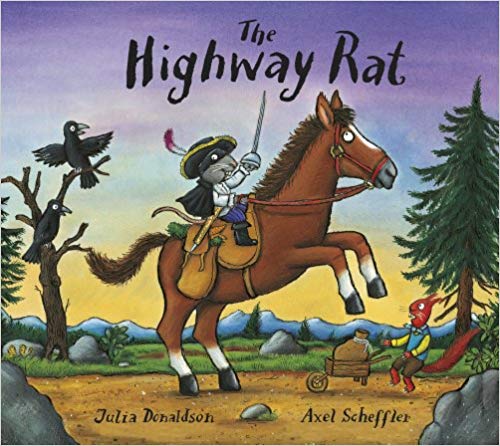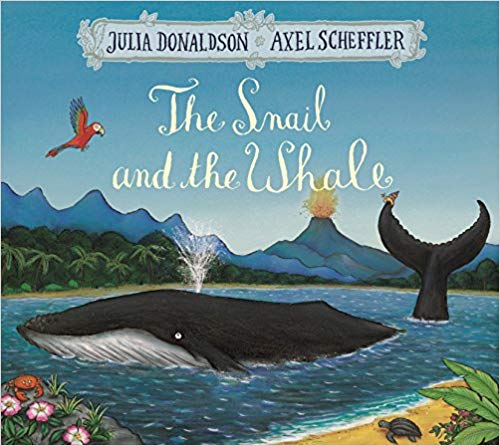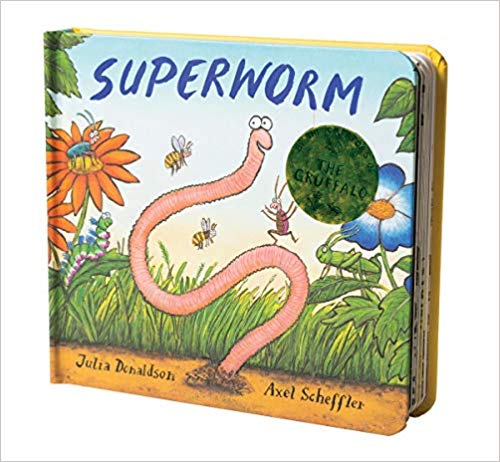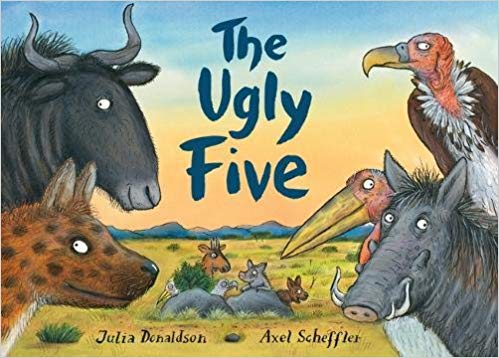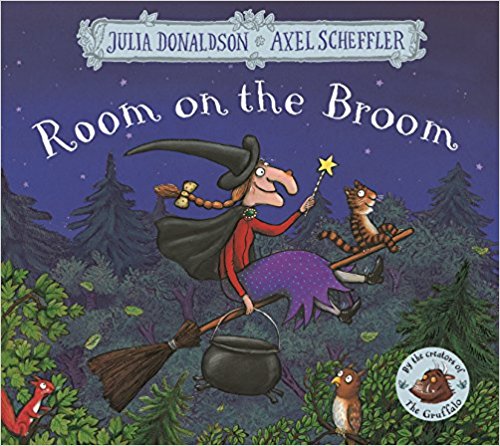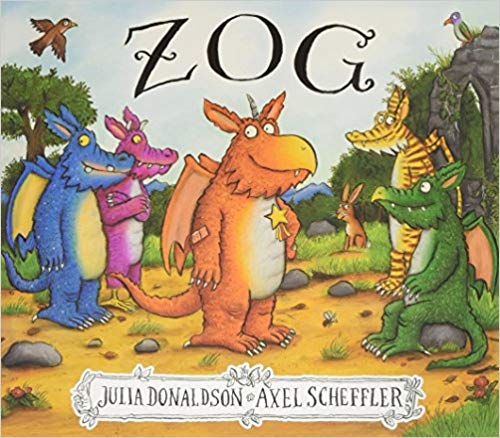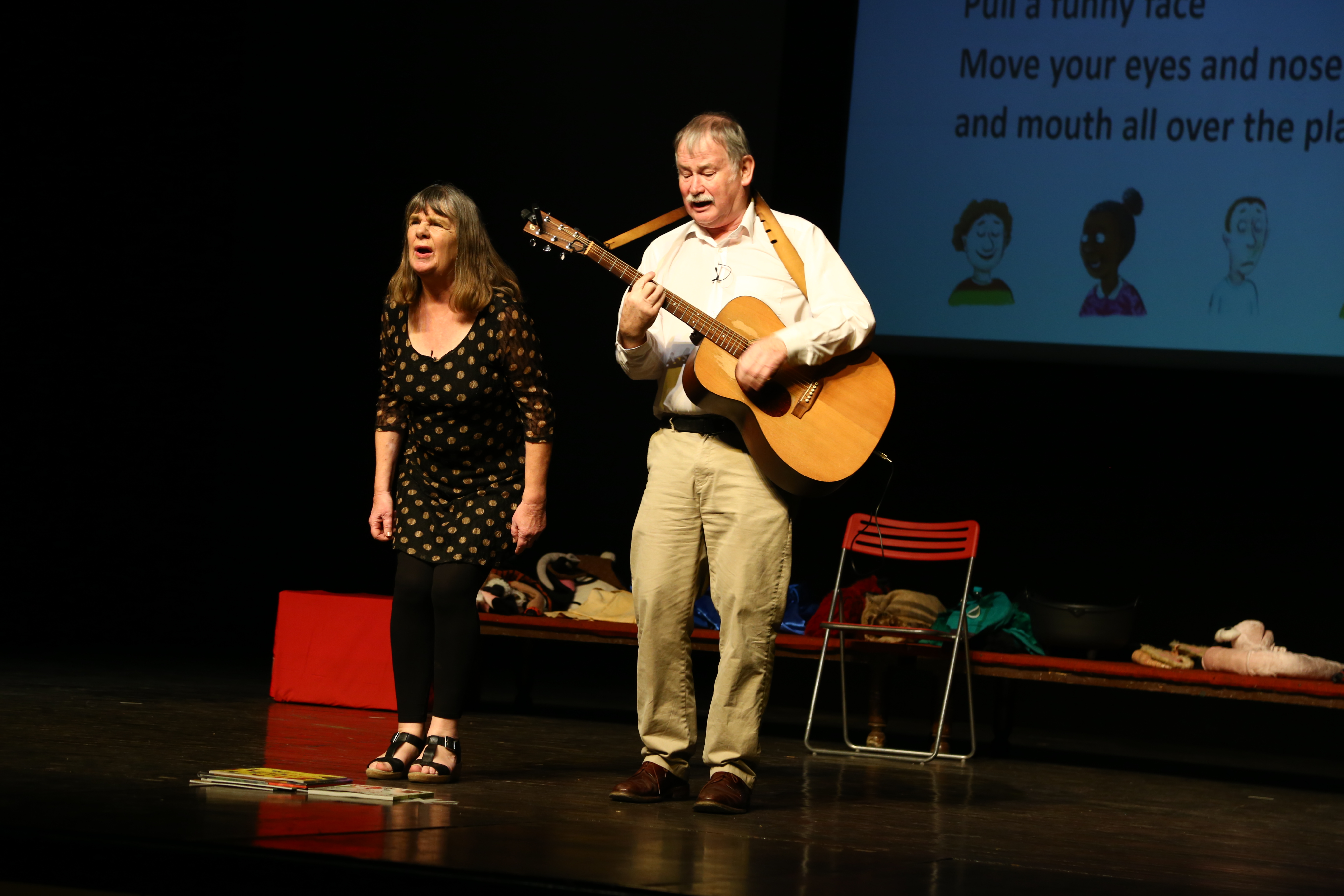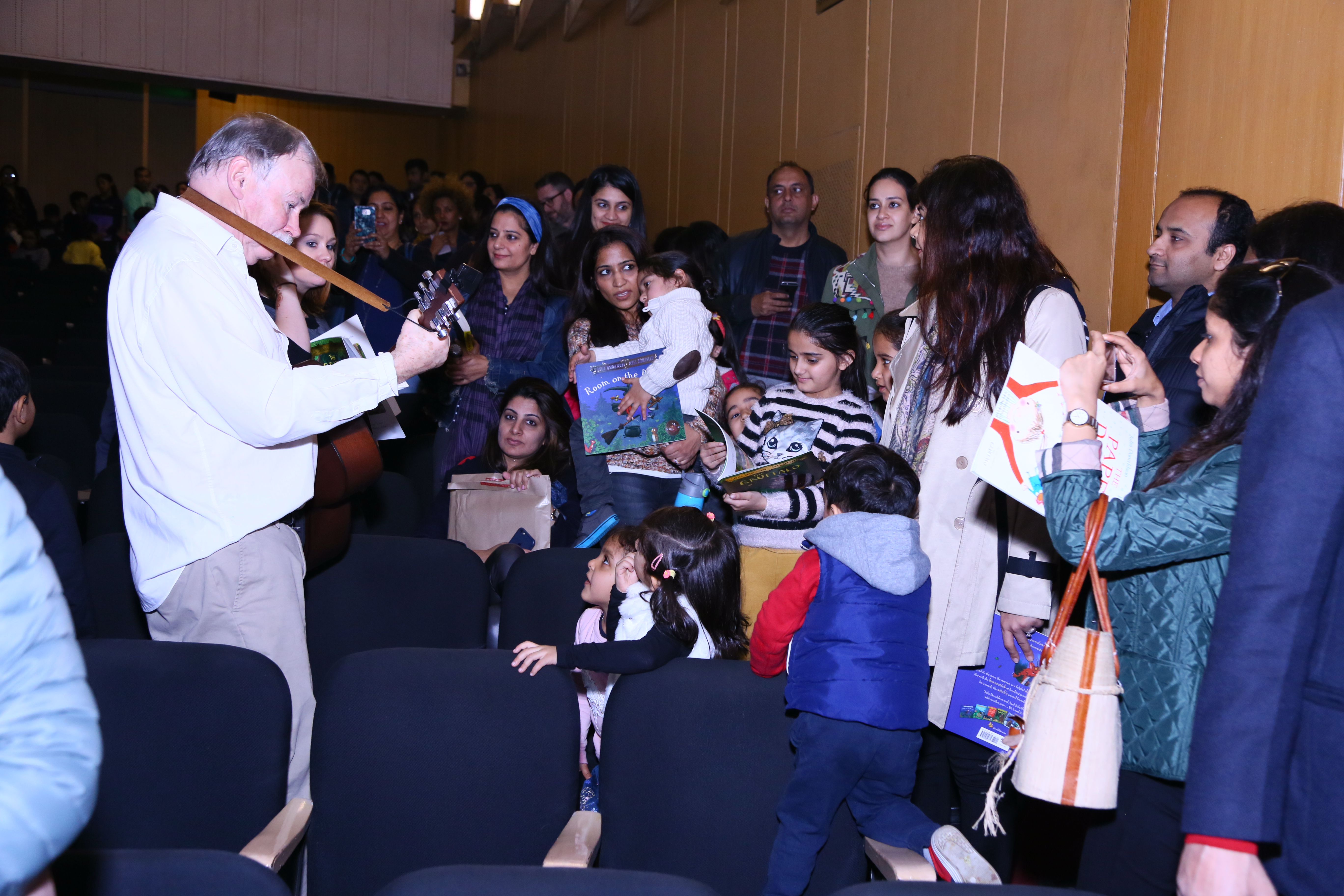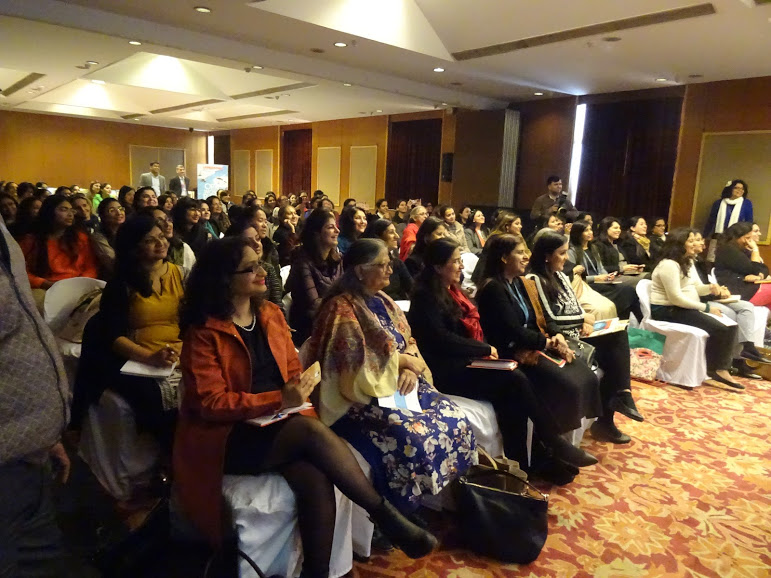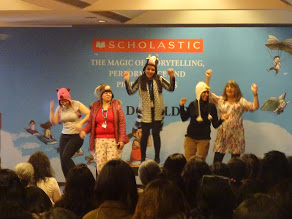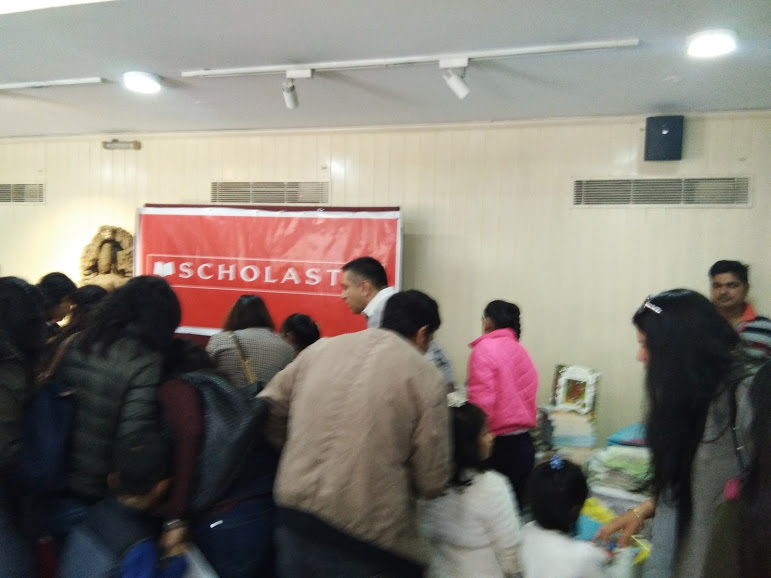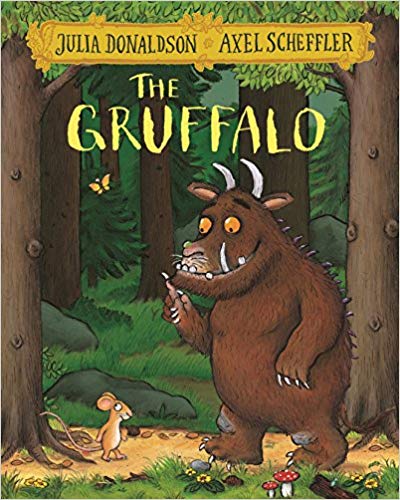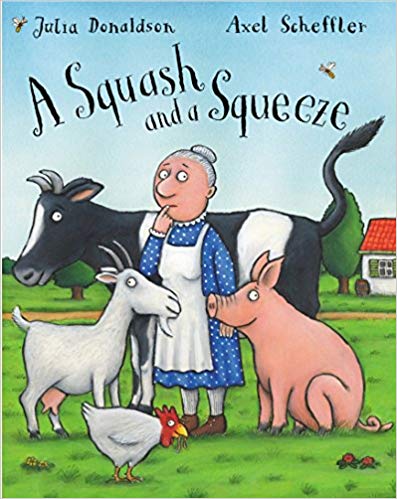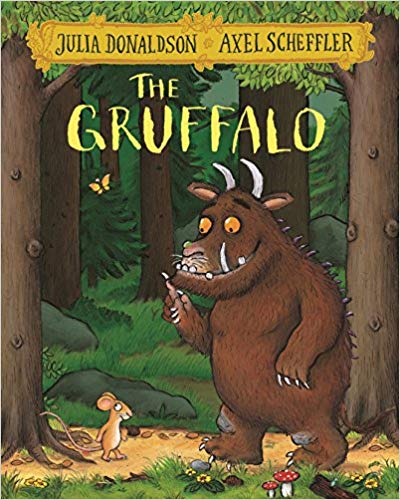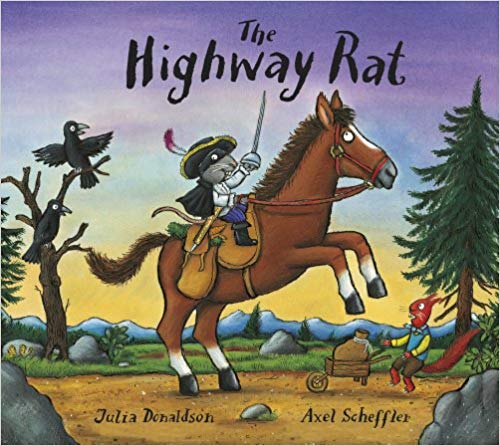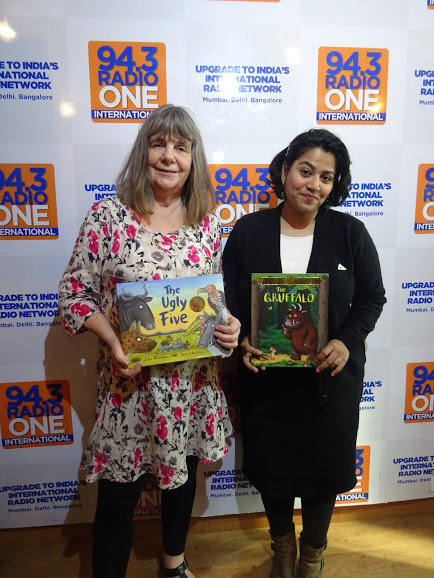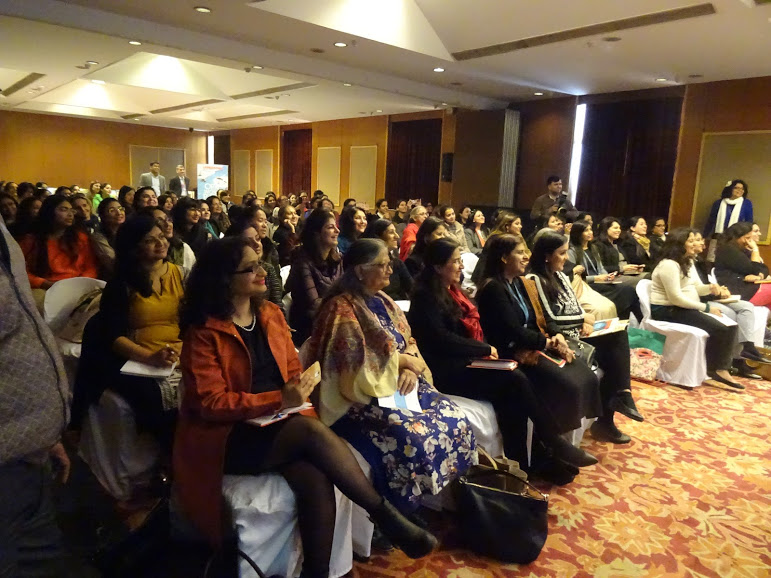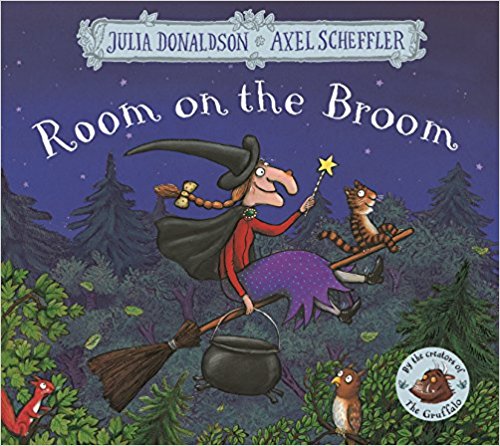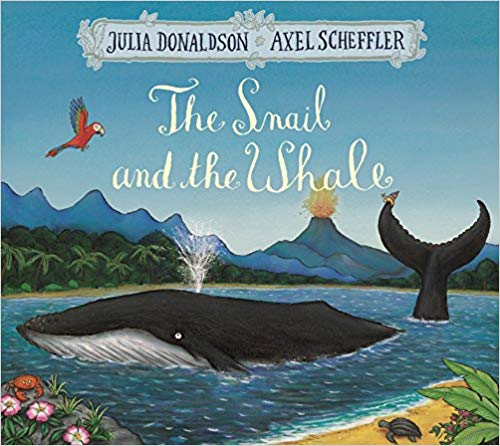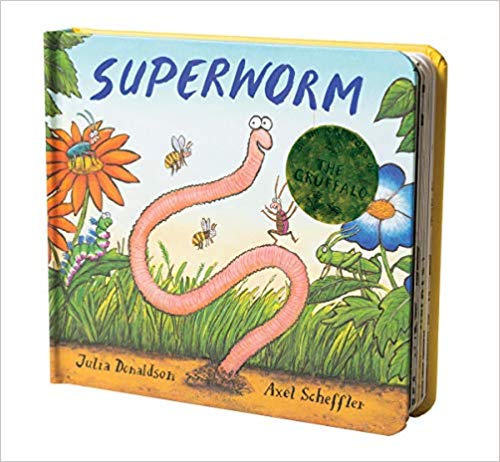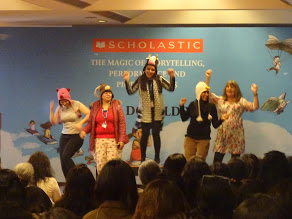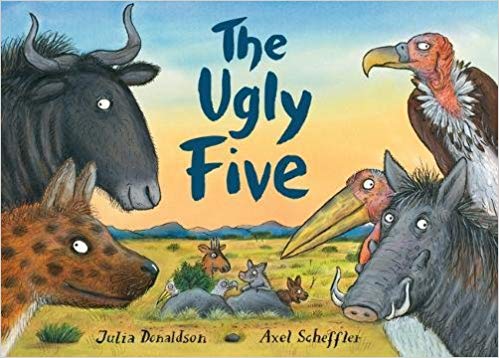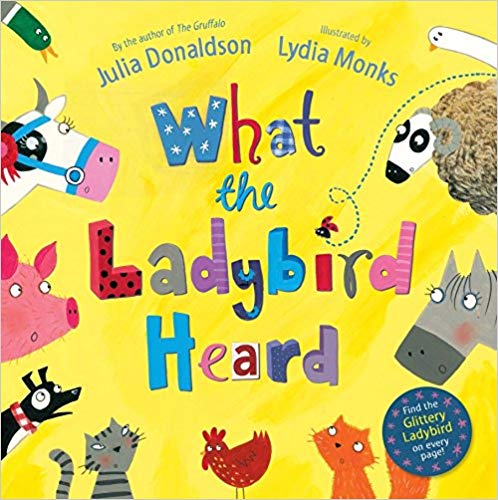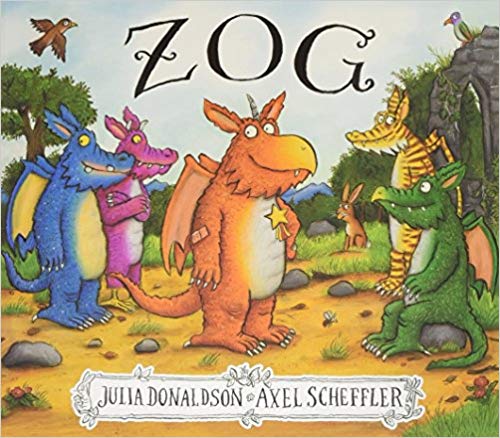“I write like a reader”, interview with Ann Cleeves

Ann Cleeves is known for her mystery novels mostly set in Devon and the Shetlands. She has been writing for many years but the recent success of her Shetland novels adapted for TV by the BBC has sparked a renewed interest in her books. It has definitely got her a new fan base.
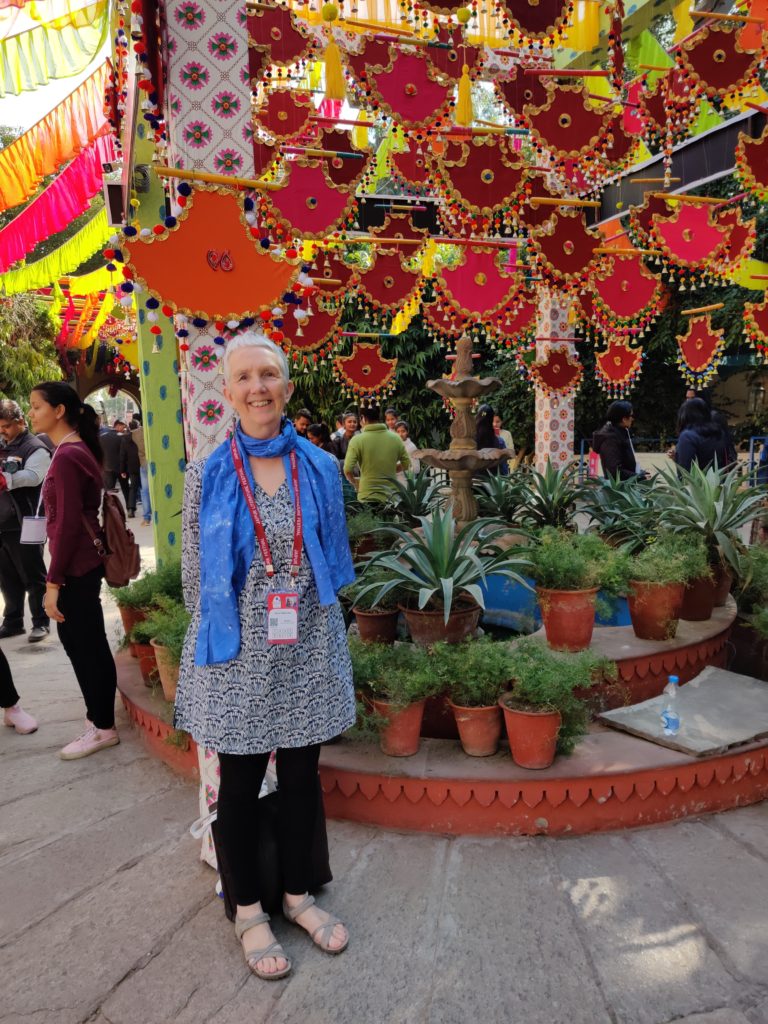
On 26 October 2017, Ann Cleeves was presented with the Diamond Dagger of the Crime Writers’ Association, the highest honour in British crime writing, at the CWA’s Dagger Awards ceremony in London. In 2006 Ann was the first winner of the Duncan Lawrie Gold Dagger Award for best crime novel of the year, for Raven Black, the first volume of her Shetland series. In addition, she has been short listed for CWA Dagger Awards, once for the short story dagger, and twice for the Dagger in the Library award which is awarded not for an individual book but for an author’s entire body of work.

Her new novel, The Long Call, features a new detective, Matthew Venn. It is set in North Devon where Ann Cleeves grew up. Detective Inspector Matthew Venn is a reserved and complex person, estranged from the strict evangelical community in which he grew up, and from his own family, but drawn back by murder into the community he thought he had left behind. The Long Call seems very contemporary in its writing style, the scenarios presented, the flexibility in character movement, the plot lines etc. There are all the classic elements of a mystery novel keeping the reader in suspense but the modern touches to the storytelling are refreshing too. For instance the vulnerability of Matthew Venn in his personal space is very well done. Juxtaposed with the toxic masculinity he has to contend with while working on a case is fascinating to read. Although it is hard to pinpoint a specific point in the novel but it feels almost as if the recent years of having had many of her previous novels adapted for television has affected Cleeves writing style — although she denies it to be so in the interview below. Be that as it may, the story is fabulous. Read it.
Here is an interview conducted via email:
- What drew you to writing mystery stories? Do you prefer writing novels or short stories? And as a reader which form do you prefer?
Although I’ve always read very widely, mysteries were my comfort books, the books I turned to when I had a cold or was miserable. I planned to write a great work of literary fiction when I started out, but the novel only really took off when I killed off one of the characters! I find the structure of the classic detective story rather liberating, and it still allows me to explore the topics which interest me: the family, social justice and the way that place influences the individual.
Short stories are very difficult to write. Every word has to count. I can experiment with short fiction, write from the first person, for example, which isn’t a natural voice for me. I prefer reading novels; it’s a more immersive experience.
2. How long does it take you to write a novel? Does a series arc require extensive planning or do you let it evolve over time?
I’m contracted to do a book a year, but the book usually takes about nine months to complete. I don’t plan my work at all. I write like a reader, I think. I can’t start until I have an idea about the world I’m creating, a vague sense of what it would be like to live there, but the details, even the details of character, come with the writing. So, I’ll write the first scene and because I want to know what happens next, I write the second. By the time I’m halfway through, I have a notion about what the resolution will be, but even then I’m not quite sure how I’ll get there.
3. How did you get your first break in publishing?
It was a lot easier to find a publisher when I started out in the late nineteen eighties. I wrote my book, went to my local library to see who published the kind of novel I’d written, then sent letters and synopses to them. The fourth publisher I tried accepted it. It was much harder getting any commercial success. That took twenty years.
4. The “Dear Reader” format is fascinating. It is a direct acknowledgement of how aware you are aware of the reader. How does this constant awareness of the reader affect your writing style?
I wrote a letter to my readers at the beginning of The Long Call because it was the first book in a new series and I hoped to persuade the people who’d enjoyed the Vera and Shetland books to give it a try. When I’m writing I’m not really aware of the reader at all. It’s a very selfish process. I write the book that I’d enjoy reading, I’m revelling in the process, in becoming my characters and seeing the world through their eyes. It’s a sophisticated form of a child playing make-believe. There’s nothing wrong with escapist fiction, either as a reader or a writer.
5. How do you create characters? Do they evolve once the plot develops as well or do you first create people sketches and then work them in to the plot?
I don’t create people sketches. Of course I know my returning characters rather well – I’m writing them from memory not imagination – but the individuals who only appear in one book grow as I’m writing. Then of course I have to go back and make sure that they’re consistent from the beginning.
6. Does the gender of a character make a difference to the degree of insight and work required on your part as an author? (I get the sense that your women characters are far more nuanced than the male characters. Not to say the male characters are not well portrayed but there are tiny details about the women that makes them to be more rounded. It is almost as if at times you are sympathising with them.)
This is a really interesting observation! I hadn’t thought the gender made any difference, but perhaps you’re right. Perhaps I’m rooting for my women and have more understanding of their problems and stresses. It doesn’t feel any easier when I’m writing them though.
7. Do you like observing people?
Yes! I’m perpetually eavesdropping and watching. I don’t know how you could be a writer if you don’t use public transport, for example. That’s such fertile ground for observation.
8. Have the recently successful TV adaptations of your books, especially The Shetland series, affected your writing style?
I don’t think so. The more recent Shetland TV series – they’re about to film series 6 – have moved away from the books. They retain the atmosphere and the sense of place, but perhaps they’re darker, a little more Gothic in tone. But the theme of kindness, which I hope is at the heart of the novels, is still very much there. The double Oscar nominee Brenda Blethyn plays the central character in Vera and we’ve already had ten seasons of those shows. She absolutely captures my character and I do hear her voice in my head when I’m writing dialogue.
9. Where do you find the inspiration of your stories especially the intricacies of the mystery?
The mystery and the plot twists seem to take care of themselves. Deciding the essence of the book is the most important thing for me. For example, I think The Long Call is about powerful men deciding that they’re entitled to cover up a crime. And in the end the cover up is more toxic than the crime itself.
10. To create the settings of your novels, do you visit the places beforehand to get a sense of the geography and its locals or does it involve a lot of armchair research or a bit of both? I ask because at times it seems almost as if the descriptions are written down as if you had observed them yourself.
I can only write about place that I know well. I have been visiting Shetland for more than forty years and lived there for a while. I grew up in North Devon and still have friends there and I live in Northumberland where the Vera books are set. My daughter is an academic, a human geographer, and I think that’s what I do: explore community and the individual’s place within it.
11. What is your writing routine?
I write best early in the morning, at a laptop on my kitchen table, drinking lots of tea.
12. Who are the writers who have influenced your writing?
When I was younger I read all the Golden Age mystery writers – Christie, Sayers, Allingham – but my real reading passion now is crime fiction in translation. I think we get a real sense of another culture’s preoccupations by reading their popular fiction. I’m especially a fan of Simenon’s Maigret books. They’re so tight and precisely observed.
2 March 2020

